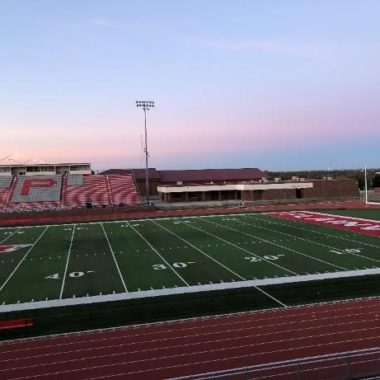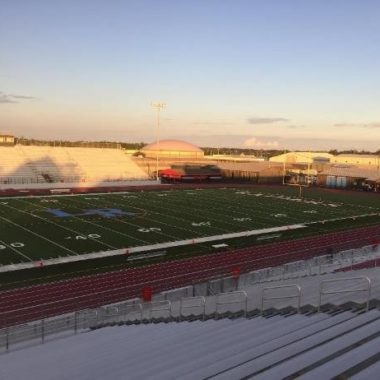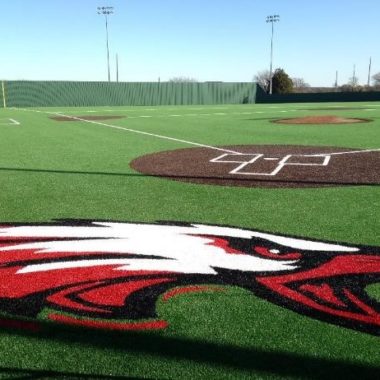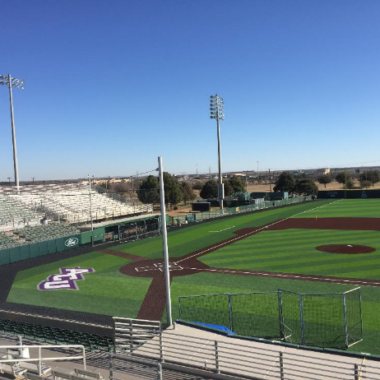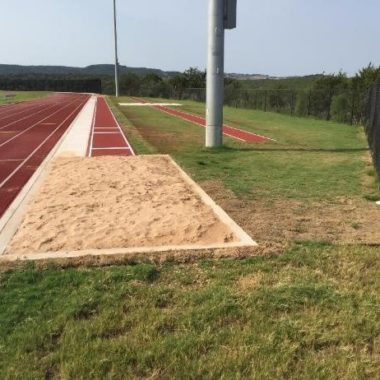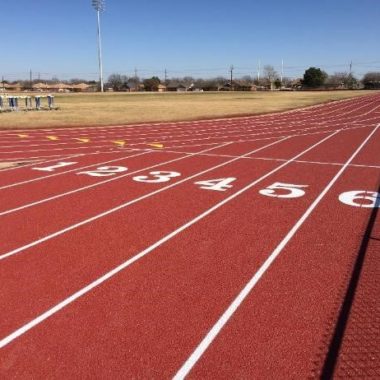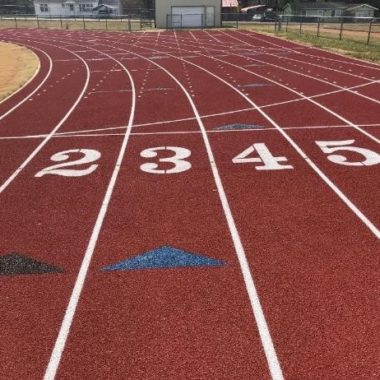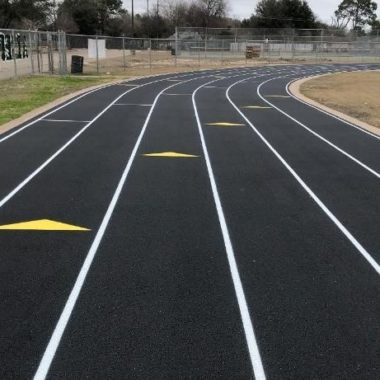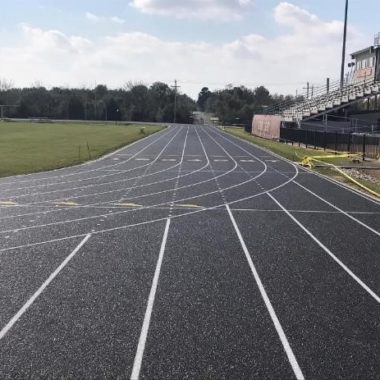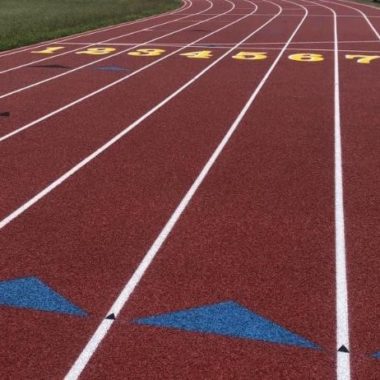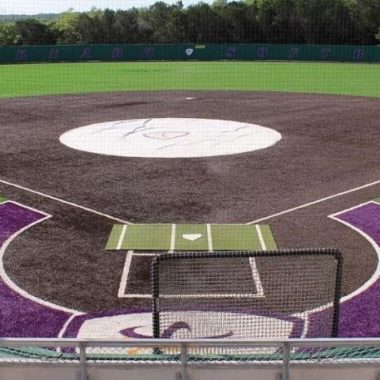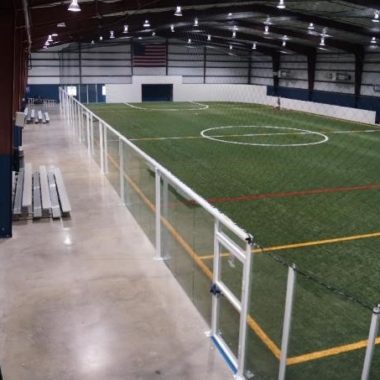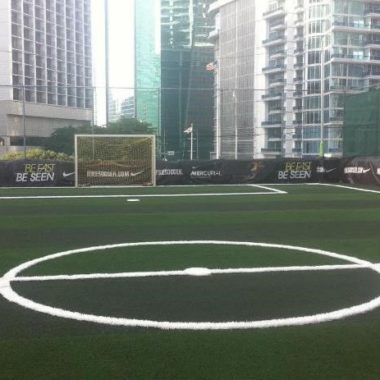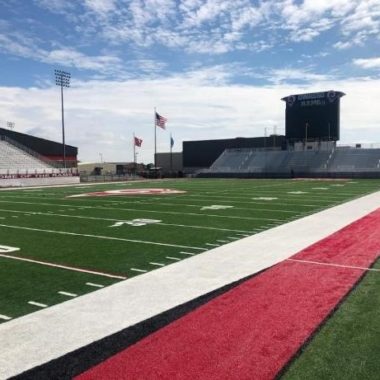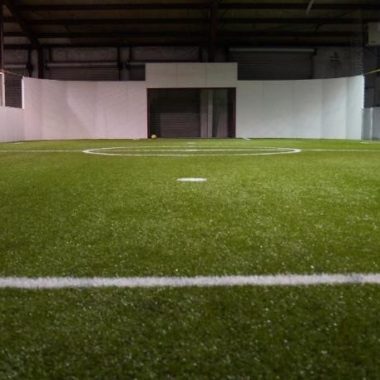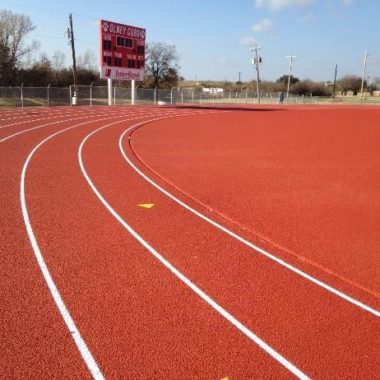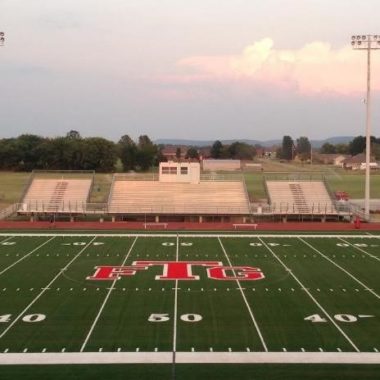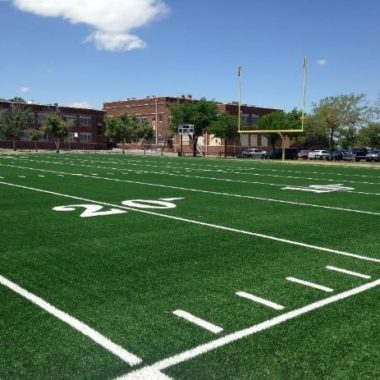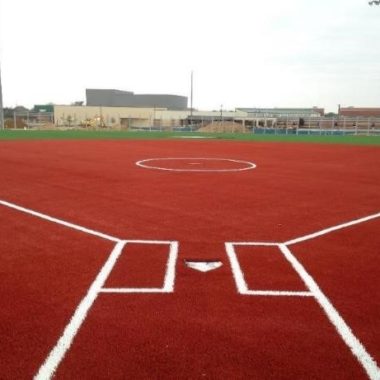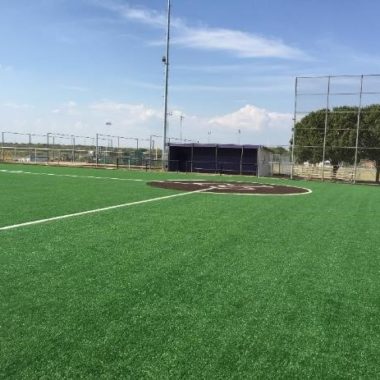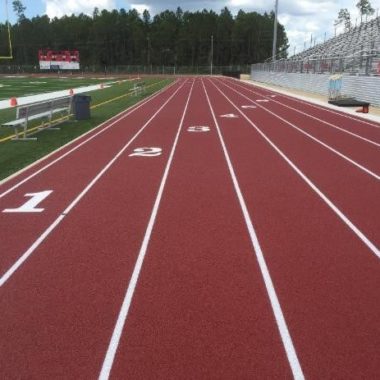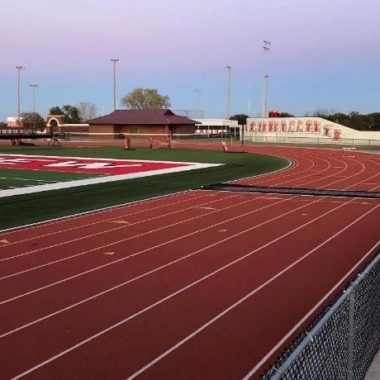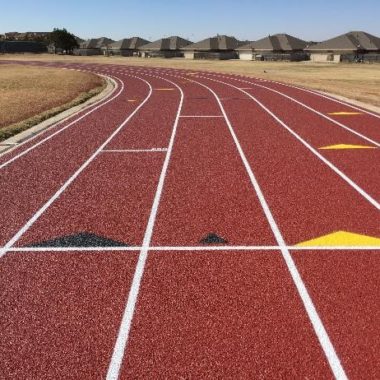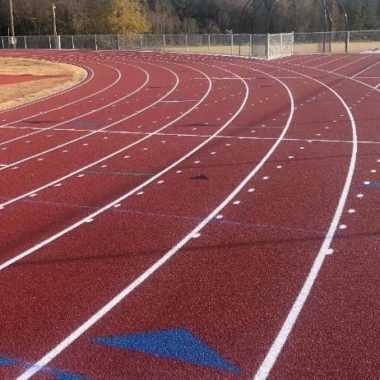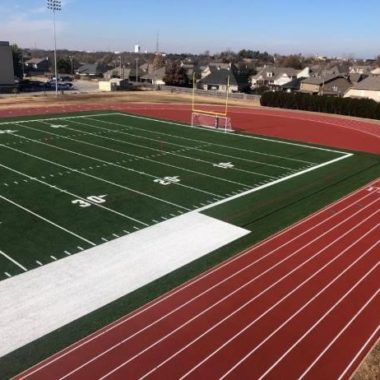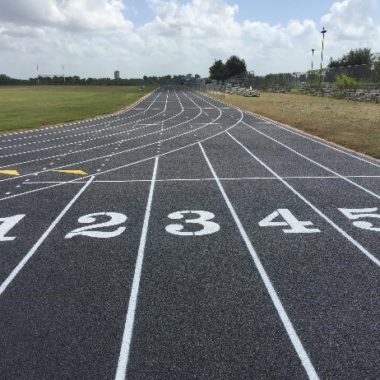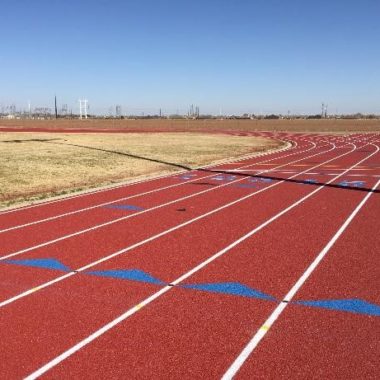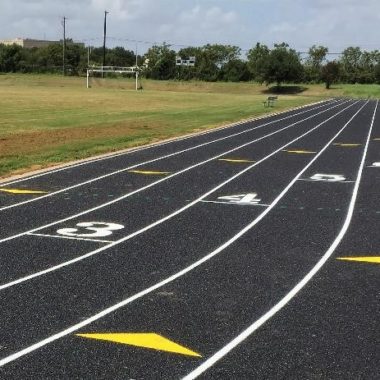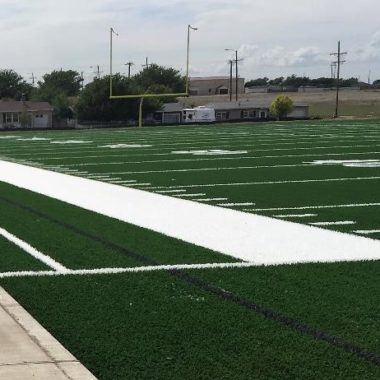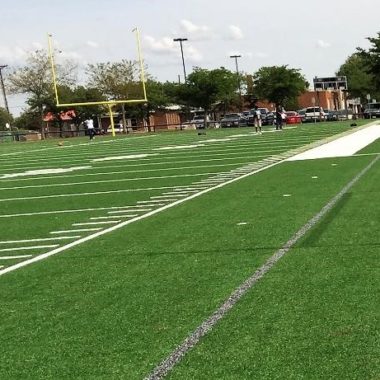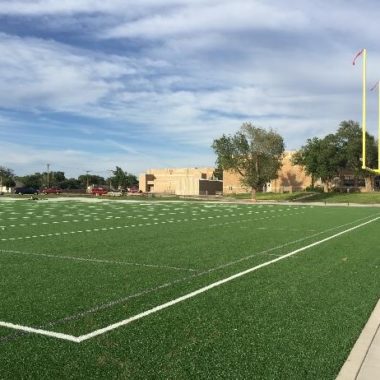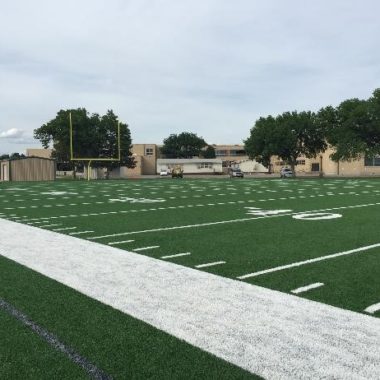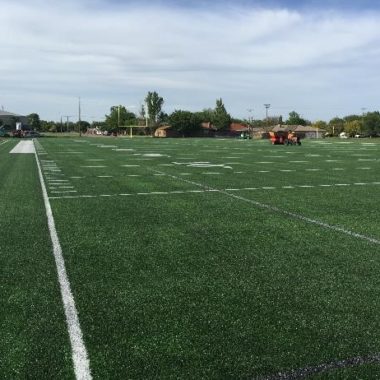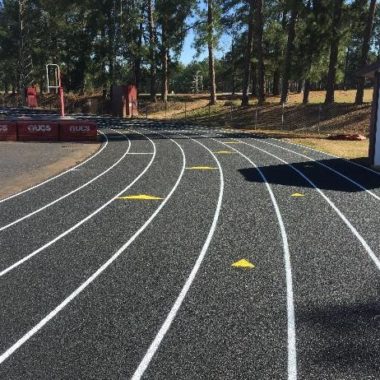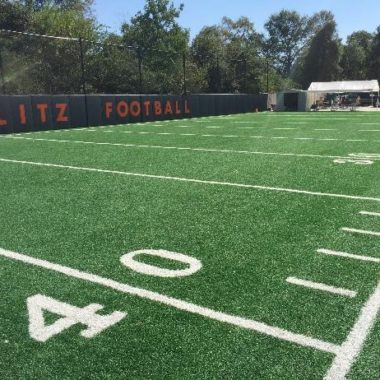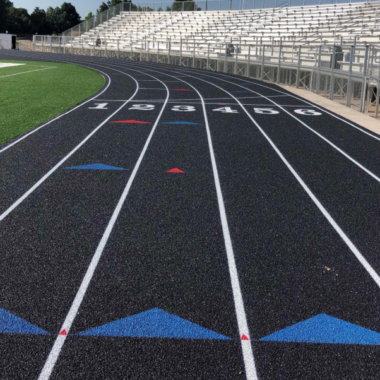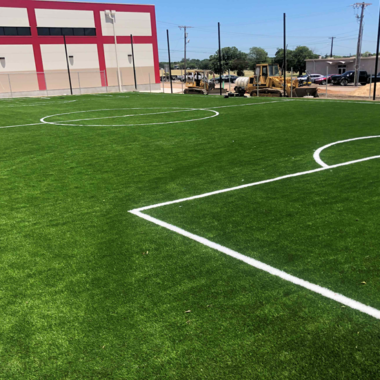Track Surfaces: 5 Things to Look for in a Rubber Running Track
There are several reasons that someone would be considering installing a brand-new rubber running track.
Maybe you’re a high school that prides itself on its athletics and wants a track that optimizes the performance of your athletes. Perhaps you are building a sports and recreation center that’s interested in a track that will last for years to come.
Whatever the case might be, there’s a track for your needs. However, there are several key factors that will help you weigh out the right choice.
Here are several things to look for in the running track that you’re installing and why they’re so important.
1. Their Usage
Before you decide all of the details that you want for your track (such as color, material, etc.), you need to consider how you plan for it to be used.
For instance, will the track be indoors or outdoors? They can be used for both, but the answer will play a huge factor in the materials that you use. For instance, tracks made of polyurethane tracks can be used for both since it absorbs water easily.
How will the track be used? Come up with as many ways that it might possibly be used, this will help you understand the type of wear and tear that you can expect.
For example, a high school track will certainly be used by the school’s track team for practices, meets, and tournaments.
However, it will also be used for daily gym classes, have Football players standing on it with cleats, etc. It’s easy to see how the usage that the high school’s new track will have to sustain in order to maintain its quality for years to come.
Coming up with the construction of an athletic running track will become more clear with its intended usage.
2. How and When It Will Be Installed
Here’s the number one question that most clients will as their sports surface builders: how will it be installed into your facility and when?
One of those questions can be answered by you, the other will have to be heavily considered by all parties involved.
Once you have an idea of what that looks like, your surface builder can help oversee the entire installation and make sure it runs smoothly.
They can make sure that the project is as safe as possible and doesn’t interfere with your facility’s day to day activity. They’ll also make sure that installation moves as quickly as possible without wasting a lot of resources to reduce construction costs.
Better yet, the builder will communicate with you on the entire project. If there’s a potential setback, you’ll be made aware of it before it happens.
3. What’s the Best Track System for Your Needs?
Because there are so many different uses a client might have for their track, it’s always important to ask which system is best for you?
As previously mentioned, the intended usage for your track will tell you what system would work best for your needs. There are three main system types: pre-manufactured, latex, and polyurethane systems.
Pre-manufactured systems can be the quickest to install because, as the name implies, the track is laid out and sized before arriving at your facility. It usually consists of a base mat that has a polyurethane coating.
Latex systems, commonly referred to as rubber systems, have a lot of variation to them. They have a complicated combination of rubber material in a latex binder, and offer the most variety on color options that you might be interested in.
Lastly, polyurethane systems are tracks that consist almost entirely of polyurethane aspects. The base mat, the spray, and the seal are all made of the material we know as polyurethane. Perfect for sustaining all weather conditions.
4. What Will the Maintenance Look Like?
That is the million-dollar question. Once your beautiful athletic track is installed an looking fantastic, what is the required maintenance to keep it that way? In other words, how do you prevent from having to install another one anytime soon?
Without proper education on how to properly do so, you might not know what to do beyond washing it down with a pressure washer every now and then.
Fortunately, if you line yourself up with a trusted surface builder, they’ll make sure you’re ready for the task at hand.
They can communicate all the proper tools and equipment that you’ll need. More importantly, they can help with the training of your maintenance staff in how to correctly care for the track.
5. Do You Need High-Performance?
This question is a bit different than how you intend to use the track. Will there be a need for your track to boost and support high athletic performance?
If so, you need to consider that a polyurethane running track is regarded as the best for track competitions.
This is a significant investment that you’re making into your students, gym members, athletes, workers, etc. You want to make sure that they’re all as safe as possible and less likely to sustain an injury. That process begins with selecting your track material.
Choose the Best Rubber Running Track for Your Needs
Now that you’ve seen all the different questions and considerations that go into finding the perfect rubber running track, it’s time to start the process.
Be sure to read this article on the advantages of using GSS to install your brand-new track surface.
For more inquiries, please begin by filling out our online contact form and we’ll be happy to assist you further!





